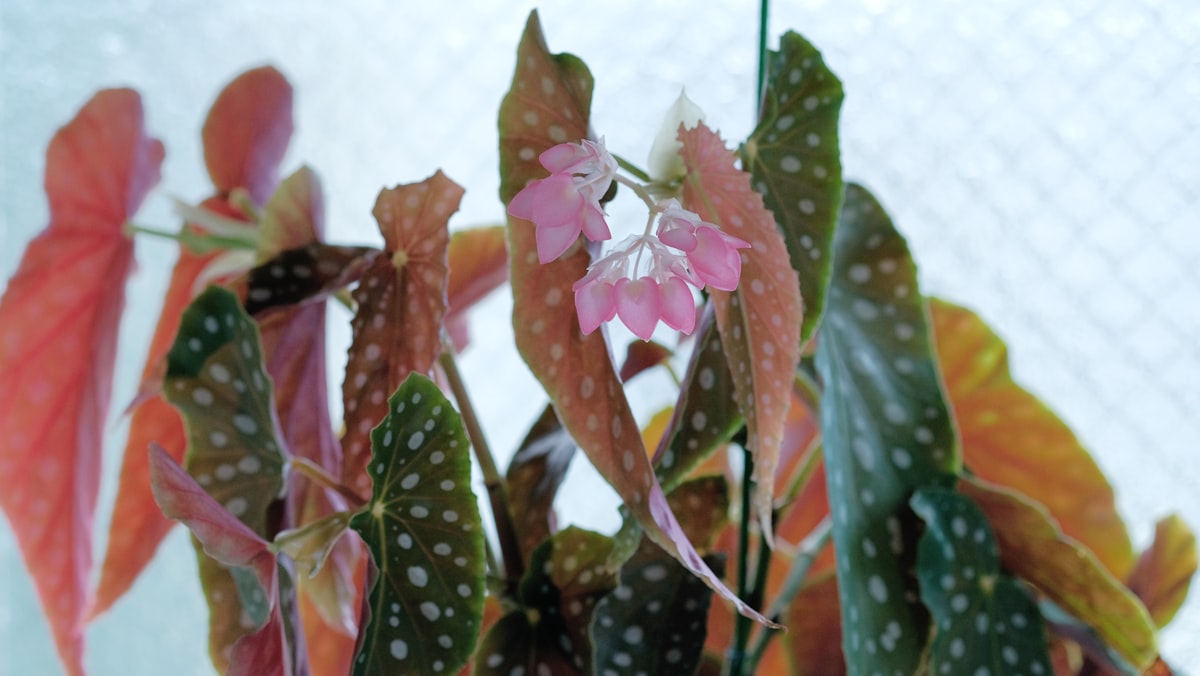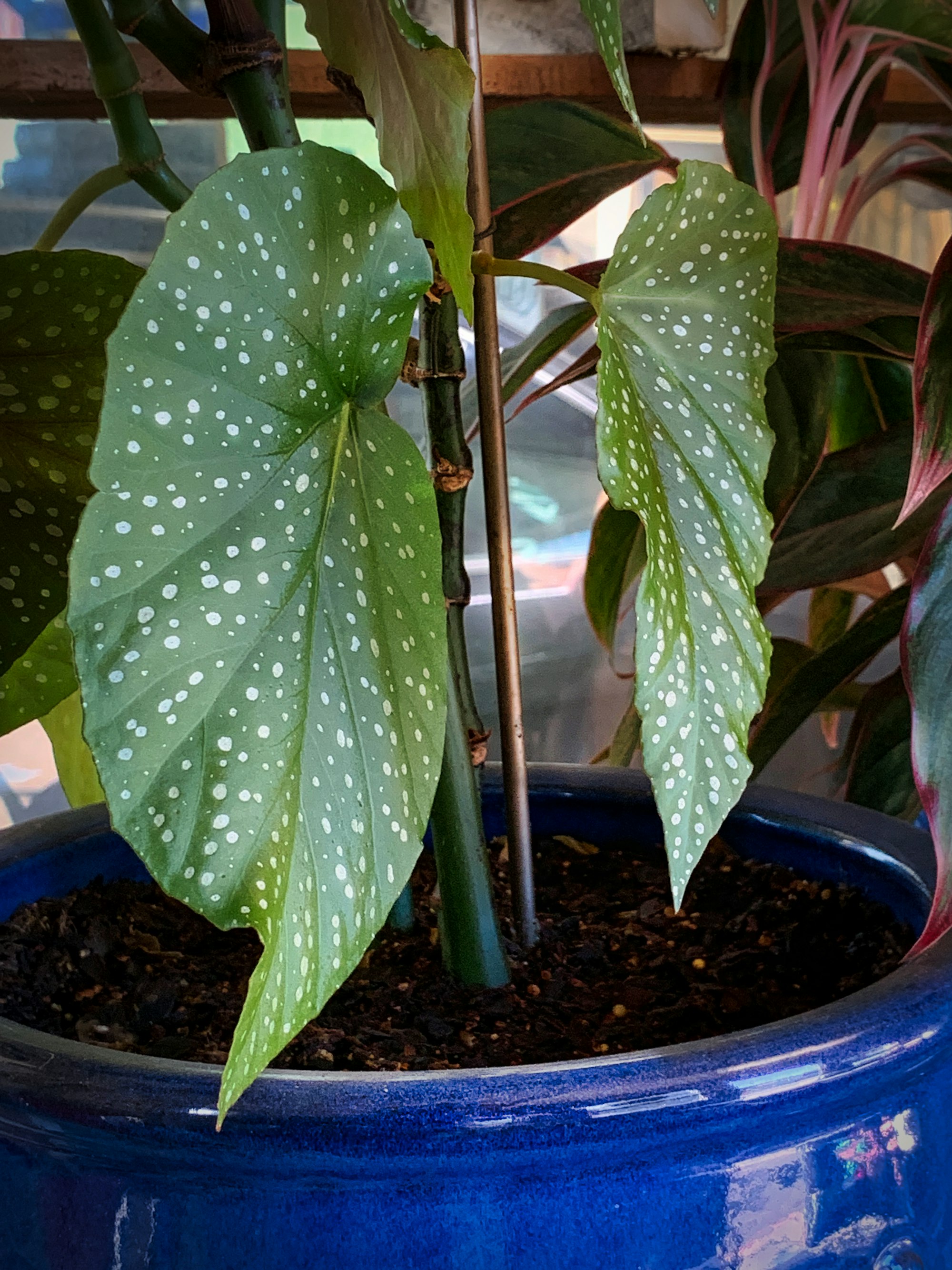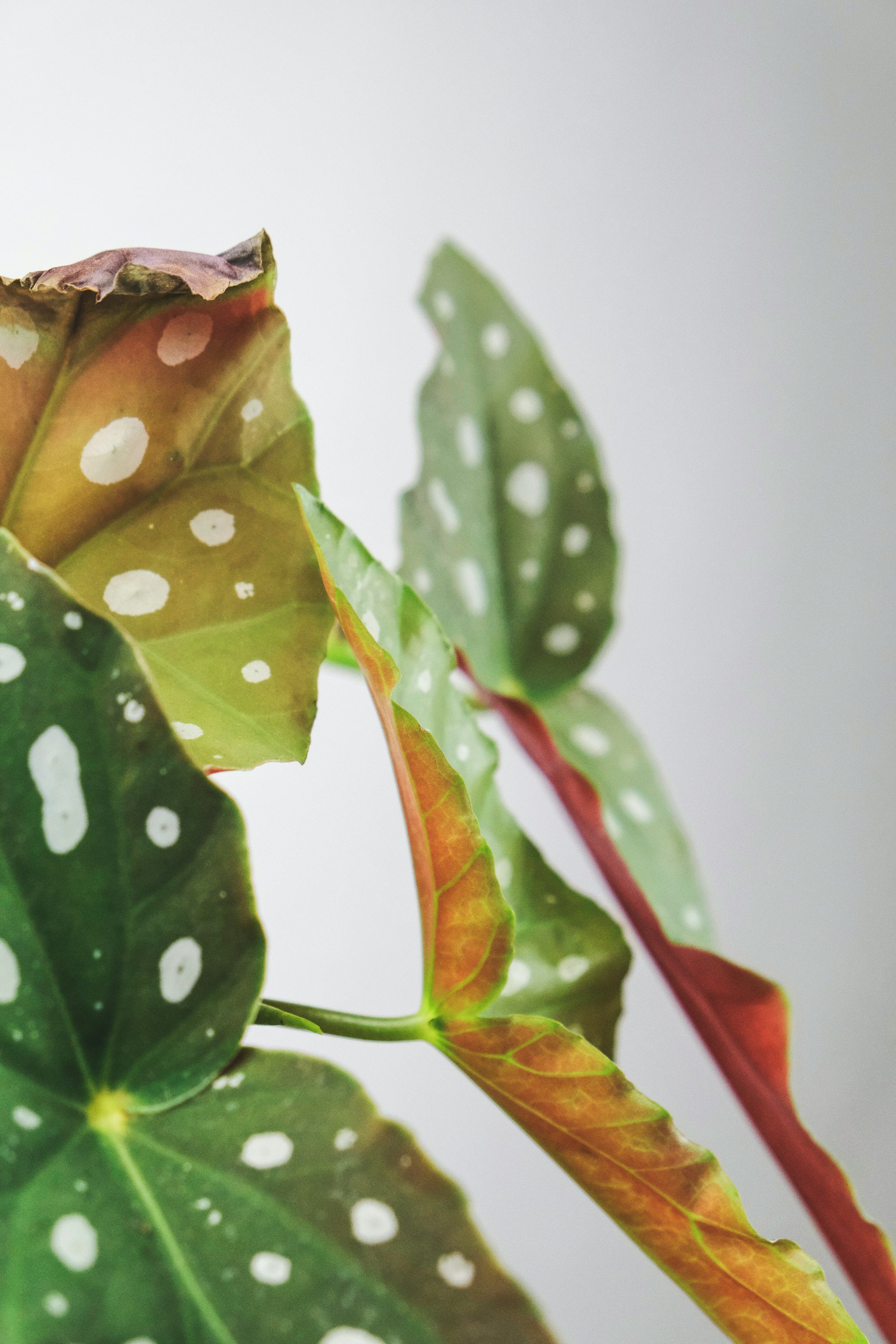How to Grow Begonia Maculata
Begonia Maculata, also known as the Polka Dot Begonia, is a stunning houseplant with unique foliage that adds a touch of elegance to any space.

Table of Contents
It is eye-catching and relatively easy to grow and care for, making it a popular choice among beginner and experienced plant enthusiasts.
When it comes to growing and maintaining Begonia Maculata, there are certain factors to consider, such as the choice of soil, watering frequency, lighting, and temperature.
With the proper guidance, your Begonia Maculata will thrive and reward you with its eye-catching foliage and lovely blooms.
Key Takeaways
- Begonia Maculata is a unique and elegant houseplant that is easy to grow for beginners and experts.
- Soil, watering, lighting, and temperature are essential for optimal growth.
- Follow proper guidance for a healthy Begonia Maculata with eye-catching foliage and blooms.
About Begonia Maculata
Begonia Maculata, also known as the Polka Dot Begonia, is a popular houseplant belonging to the genus Begonia and the family Begoniaceae.
This eye-catching plant is native to tropical climates, primarily from Brazil, Central America, South Africa, and Asia.
The plant is characterized by its unique and striking leaves, which have earned its angel wing begonia nickname.
As a vigorous grower, it can reach a height of 2.5 feet when cultivated indoors.
The optimal way to grow Begonia Maculata is by providing it with bright indirect light, well-aerated soil, and consistent humidity.
With the proper care, this plant, often found on social media and online platforms, will make an excellent addition to your indoor garden.

Growing Begonia Maculata
When planting your Begonia Maculata, choose a container with drainage holes to prevent overwatering.
Fill the container with a well-draining soil mix, which can be prepared by combining potting soil with perlite in a 3:1 ratio.
Place your Begonia Maculata in the prepared container, positioning it at the appropriate soil level.
Pat the soil gently, ensuring your plant remains stable and adequately supported.
Water the soil until saturated, allowing excess water to drain out.

Caring for Begonia Maculata
Sun and Temperature
Begonia Maculata thrives in bright indirect light, so place it near a window with filtered sunlight.
Maintain temperatures between 65°F (18°C) and 86°F (30°C) for optimal growth.
Water and Humidity
Water your Begonia Maculata when the top inch of the soil is dry, ensuring the soil remains slightly moist but never soggy.
Keep the humidity around 50% or more; you can achieve this by using a humidifier or placing a tray of water nearby.

Soil
Plant your Begonia Maculata in well-draining soil to prevent root rot.
A mixture of peat moss, perlite, and vermiculite works well for maintaining proper soil moisture.
Fertilizer
Fertilize your Begonia Maculata every 2-4 weeks during the growing season. Use a balanced liquid fertilizer diluted to half strength for proper nutrient supply.
Repotting
Repot your Begonia Maculata every 1-2 years to encourage growth and provide fresh soil.
Choose a well-draining container larger than its current pot to accommodate root growth.
Pruning and Propagation
Regularly prune your Begonia Maculata to maintain its shape and remove dead or damaged leaves.
To propagate, take stem cuttings with a few leaves and place them in water or moist soil for new roots to develop.

Troubleshooting Plant Problems
Growing Problems
If your Begonia Maculata is experiencing root rot, this is usually caused by overwatering.
Ensure you water the plant about once a week, keeping the soil humid.
Alternatively, if you notice yellow leaves, it could be due to underwatering, sunburn, or inadequate lighting.
Position your plant in indirect sunlight for optimal growth and relocate it occasionally as the sunlight changes throughout the year.
Pests and Diseases
Pests like mealybugs, whiteflies, and diseases including powdery mildew and bacterial leaf spot may affect your Begonia Maculata.
Keep the foliage dry and ensure proper air circulation around the plant to prevent these issues.
For dealing with an infestation, use a suitable insecticidal soap or neem oil to combat pests.
Maintain healthy growing conditions to reduce the chances of fungal diseases.

Companion Planting
When creating a companion planting for your Begonia Maculata, consider plants with similar growing conditions featuring high humidity and indirect sunlight.
Good options include ferns, calathea, and maranta.
These plants can benefit from shared humidity trays and create a visually appealing combination within your indoor garden.
Remember, companion planting can also aid in pest control when selecting compatible plants with similar care requirements.
Conclusion
Begonia Maculata is a captivating houseplant featuring unique silvery-spotted leaves and clusters of appealing white flowers during its bloom.
As an indoor plant, it requires consistent care to maintain its beauty and thriving growth, including bright indirect light, well-drained moist soil, and temperatures between 18°C and 30°C.
Remember that this spotted begonia is toxic to cats, so ensure your furry friends are kept away from it.
The bamboo-like stems and eye-catching foliage make it an attractive addition to your home, making Begonia Maculata a perfect choice for beginners and social media-savvy plant enthusiasts.
Frequently Asked Questions
What are the light requirements for Begonia maculata?
Begonia maculata thrives in bright, indirect sunlight. Place your plant near an east- or west-facing window, providing 10k-20k lux, but avoid direct sun all day.
How often should I water Begonia maculata?
Water your Begonia maculata once a week, allowing the top inch of soil to dry between waterings.
Overwatering can lead to root rot, so monitor the soil moisture carefully.
Is Begonia maculata toxic to pets?
Yes, Begonia maculata is toxic to pets. Keep your plant out of reach of pets, as ingesting the leaves can cause irritation, drooling, and vomiting in cats and dogs.
What type of soil is best for Begonia maculata?
Begonia maculata prefers well-draining sandy clay and loamy soil. This ensures sufficient drainage and aeration for the plant, promoting healthy root growth.
How can I make my Begonia maculata bloom?
To encourage blooming, provide the plant with adequate light and use a balanced liquid fertilizer every other time you water, ideally every two weeks.
This provides the necessary nutrients for growth and flower production.
What causes brown tips on Begonia maculata leaves?
Brown tips on Begonia maculata leaves may be due to improper watering, low humidity, or nutrient deficiency.
Ensure the plant receives consistent moisture, maintains humidity levels, and receives appropriate nutrients from a balanced fertilizer.



